
What is a Student Loan?
A student loan is a type of loan designed to help students pay for post-secondary education and the associated fees, such as tuition, books, supplies, and living expenses. It differs from other types of loans in that the interest rate is often lower, and the repayment schedule is deferred while the student is in school.
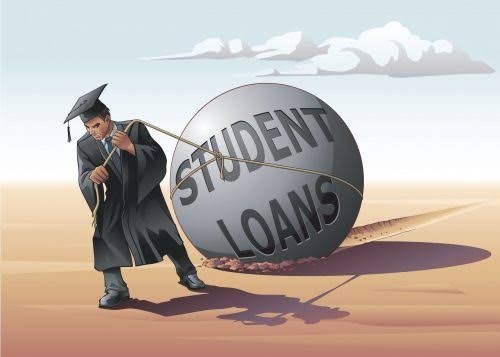
Types of Student Loans
There are several types of student loans available, each with its own terms and conditions:
- Federal Student Loans: These loans are funded by the federal government and generally offer lower interest rates and more flexible repayment options compared to private loans. Federal loans include Direct Subsidized Loans, Direct Unsubsidized Loans, Direct PLUS Loans, and Perkins Loans.
- Private Student Loans: These loans are offered by private lenders, such as banks and credit unions. They typically have higher interest rates and fewer repayment options compared to federal loans. The terms of private loans can vary widely depending on the lender.
- State-Based Loans: Some states offer their own student loan programs with varying terms and benefits. These loans can be an option for students who have exhausted federal loan options.
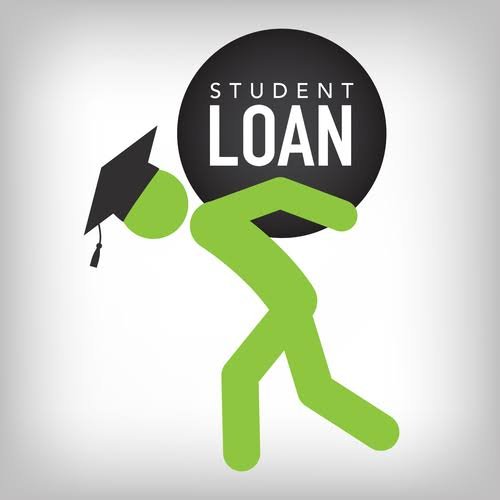
Federal Student Loans
Federal student loans offer several advantages, including fixed interest rates and flexible repayment plans. Here are the main types of federal student loans:
- Direct Subsidized Loans: These loans are available to undergraduate students with financial need. The government pays the interest while the student is in school at least half-time, during the grace period, and during deferment periods.
- Direct Unsubsidized Loans: These loans are available to undergraduate, graduate, and professional students, regardless of financial need. Interest accrues during all periods, and the borrower is responsible for paying the interest.
- Direct PLUS Loans: These loans are available to graduate or professional students and parents of dependent undergraduate students. Borrowers must undergo a credit check, and interest accrues during all periods.
- Perkins Loans: Although the Perkins Loan program expired in 2017, some borrowers are still repaying these loans. They were low-interest federal loans for students with exceptional financial need.
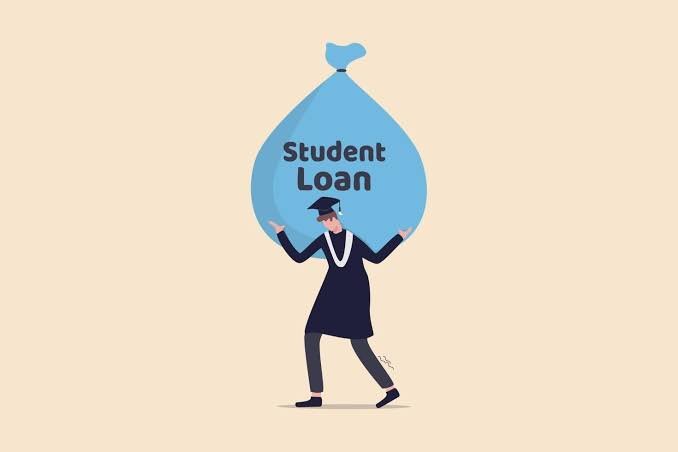
Private Student Loans
Private student loans can be an option when federal loans do not cover all educational expenses. Key features of private student loans include:
- Interest Rates: Private loans often have variable interest rates, which can change over time. Fixed interest rates are available but are typically higher than federal loan rates.
- Credit Requirements: Private lenders often require a credit check and may need a cosigner if the borrower has limited credit history or low creditworthiness.
- Repayment Terms: Repayment terms for private loans can vary widely, and borrowers should carefully review the terms before accepting a loan.
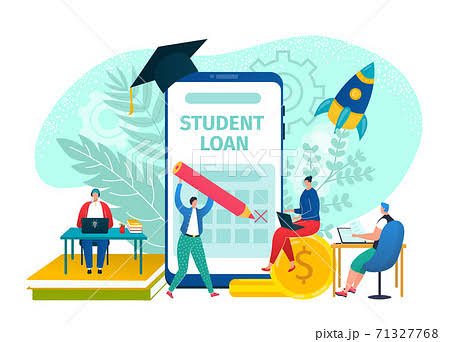
Applying for Student Loans
The process of applying for student loans involves several steps:
- Complete the FAFSA: To apply for federal student loans, students must complete the Free Application for Federal Student Aid (FAFSA). This form collects information about the student’s financial situation and determines eligibility for federal aid.
- Review Financial Aid Offer: After submitting the FAFSA, students will receive a financial aid offer from their school, outlining the types and amounts of aid they qualify for, including federal loans.
- Accept Loan Offers: Students can choose which loan offers to accept. They can accept the entire offer or only a portion of the available loan.
- Complete Entrance Counseling: First-time borrowers of federal student loans must complete entrance counseling to understand their responsibilities and repayment options.
- Sign the Master Promissory Note (MPN): Borrowers must sign an MPN, a legal document in which they agree to repay the loan and abide by the terms.
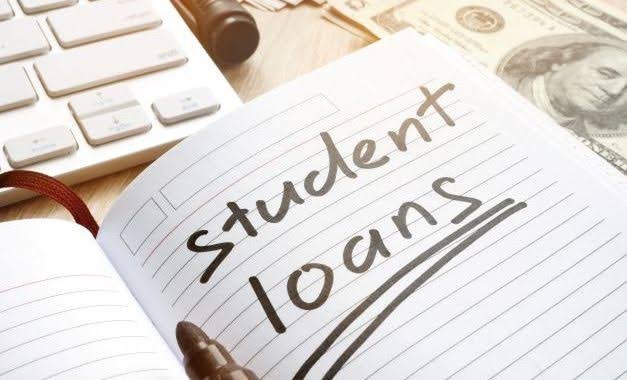
Repayment Plans for Federal Student Loans
Federal student loans offer several repayment plans to accommodate different financial situations:
- Standard Repayment Plan: Fixed monthly payments over 10 years. This plan usually results in the lowest total interest paid over the life of the loan.
- Graduated Repayment Plan: Payments start low and increase every two years, with the loan paid off in 10 years.
- Extended Repayment Plan: Fixed or graduated payments over 25 years, available to borrowers with more than $30,000 in outstanding Direct Loans.
- Income-Driven Repayment Plans: These plans base monthly payments on the borrower’s income and family size. Options include Income-Based Repayment (IBR), Pay As You Earn (PAYE), Revised Pay As You Earn (REPAYE), and Income-Contingent Repayment (ICR).
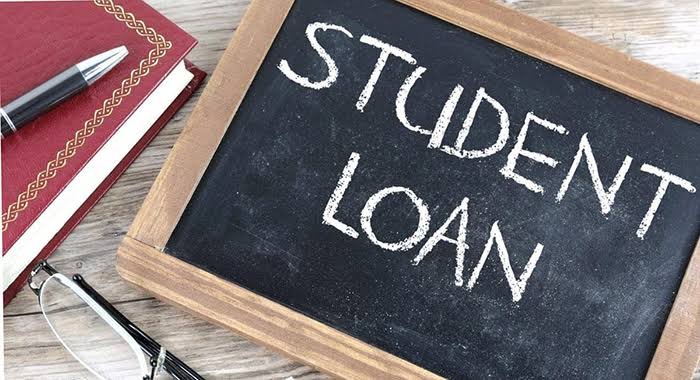
Loan Forgiveness and Discharge
Certain conditions can lead to loan forgiveness or discharge, meaning the borrower is no longer required to repay some or all of the loan:
- Public Service Loan Forgiveness (PSLF): Available to borrowers working in qualifying public service jobs who make 120 qualifying payments under an income-driven repayment plan.
- Teacher Loan Forgiveness: Available to teachers who work in low-income schools for five consecutive years, forgiving up to $17,500 of federal student loans.
- Total and Permanent Disability Discharge: Borrowers who become totally and permanently disabled may qualify for loan discharge.
- Closed School Discharge: Borrowers may qualify for discharge if their school closes while they are enrolled or shortly after they withdraw.
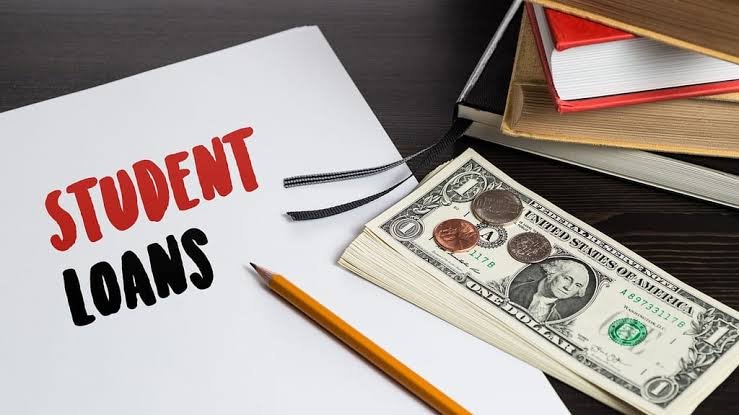
Risks and Considerations
While student loans can make higher education accessible, there are important risks and considerations:
- Debt Burden: Taking on significant student loan debt can be a long-term financial burden, impacting future financial decisions such as buying a home or saving for retirement.
- Interest Accumulation: Interest accrues on most loans, increasing the total amount owed over time. Borrowers should be aware of how interest affects their loan balance.
- Repayment Challenges: Repaying student loans can be challenging, especially if the borrower faces unemployment or underemployment. Defaulting on a loan can have serious consequences, including damage to credit scores and wage garnishment.
- Private Loan Terms: Private student loans often have less favorable terms compared to federal loans. Borrowers should carefully review the terms and consider the long-term implications.

Alternatives to Student Loans
Before taking out student loans, students should explore other financial aid options:
- Scholarships and Grants: Unlike loans, scholarships and grants do not need to be repaid. They are often awarded based on academic merit, financial need, or specific criteria such as community service or field of study.
- Work-Study Programs: These programs provide part-time jobs for students with financial need, allowing them to earn money to pay for education expenses.
- Savings and Employment: Saving money before attending college and working part-time during school can reduce the need for loans.

Final Thoughts
Student loans are a critical tool for many students to access higher education, but they come with significant responsibilities and potential risks. It’s essential to understand the types of loans available, the application process, and the various repayment options. By making informed decisions and exploring all available financial aid options, students can minimize their debt burden and achieve their educational goals.
If you have any specific questions or need further information on any aspect of student loans, feel free to ask!